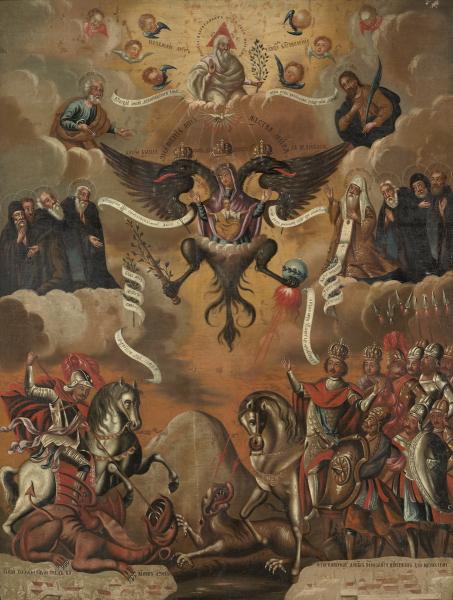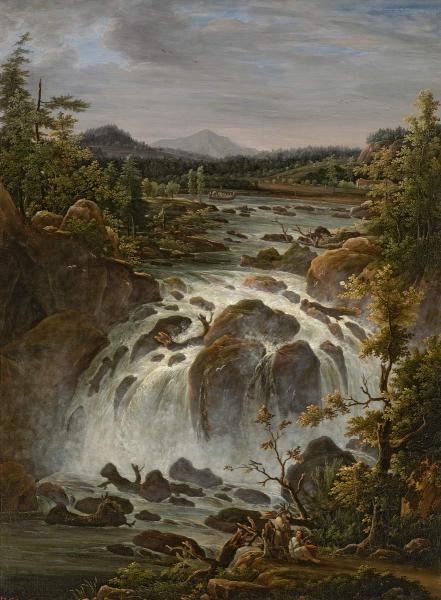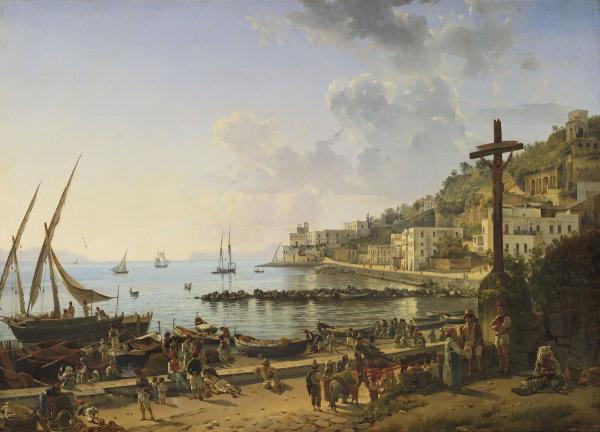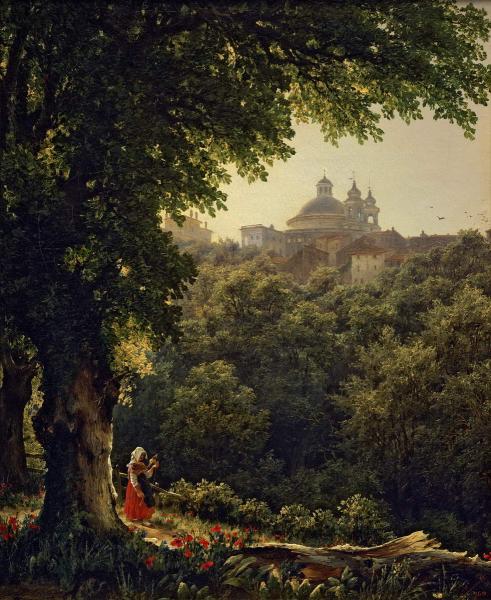The artist is unknown

The painting “The capture of Azov” (1702) is an example of the reflection in the Russian art of Peter’s time of a real historical event. As a result of the Azov campaigns (1695-1696), Tsar Peter Alekseevich Ottoman Empire suffered the first major defeat, and Russia entrenched in the mouth of the Don and gained access to the southern seas. The Azov campaign in practice demonstrated the importance of artillery and navy for warfare. It has become an example of the successful interaction of the fleet and the ground forces during the siege of the Primorsky fortress. The preparation of campaigns clearly showed the organizational and strategic abilities of Peter. For the first time, such important qualities were manifested as the ability to draw conclusions from failures and collect strength for a second blow. The capture of the Azov fortress is considered the first significant achievement of the young king.
The canvas of an unknown author is a changed reproduction of engraving by Leonty Tarashevich (mind.After 1703) at the front of the book “Paterik or Fatherland Pechersky” (1702, printing house of the Kiev Pechersk Lavra) (Rovinsky). T. III.Stlb. 1657. No. 461). Compared to engraving, along with the Kiev Pechersky Saints, Moscow, the city landscape is depicted schematically, while falling miners with crescents are visible in engraving.
In the center is a double -headed eagle, on it is a figure of the Mother of God with a baby (type of icon “Sign”). The wings of the eagle are located behind the Mother of God, above it the text from the Apocalypse: “And Given the wife two wings of the great eagle” (Rev. 12, 14) and “Sign of the Many World”. Below: “He has to be pleased with the junction”.
Above – God the Father, surrounded by cherubs, with an olive branch in his hand. Above him the inscriptions: “God Father”, “The Lord will bless people with the world”, “On the Earth World, in human bearing”. Below is the image of the Holy Spirit in the form of a dove with the inscription: “My world give you”. On the sides are placed the patrons of the royal family (Apostle Peter and St. Alexy Man of God). A scroll with the inscription comes out of Peter’s lips: “God and peace are multiplied by him”; St. Alexy: “May the world be a lot of loving your law”. Below are on the clouds: on the left-Kiev-Pechersk saints (St. Anthony and Theodosius Pechersk and two others without a name); on the right – Moscow (St. Alexy Metropolitan Moskovsky, St. Sergius, Nikon and Kirill of Radonezh). Around the olive branches of the inscription: “Wake the world in your strength”, “In the world you will make your hands and bless”.
In the lower row – the equestrian portrait of Peter, portraits of Tsarevich Alexei and B. P. Sheremeteva, with the face of which is depicted and St. George the Victorious (without a halo), striking the dragon symbolizing Turkey. Heavenly anger (lightning emanating from the power, in the paw of the eagle) defeats Leo, a symbol of Sweden. Under the double -headed eagle, the inscription: “Lev and the serpent” (PS. 90).
Peter on a horse is depicted with his hands, like a priest at the time of the service. The inscription comes from his lips: “Thanks to God, who gave us victory.”. Below left left and right, inaccurate quotes from the Apocalypse and the Gospel: “Pada, Pade Great Babylon” (Rev. 14, 8); “Azov”; “And you, Capernaum, even before heaven, ascended, the overthrow” “Kizikirman” (in the Gospel – “To hell are the overthrow” – MF. 11, 23). There is a type of icon, generally repeating this composition, the so -called Mother of God Azov. N. X. Unknown artist. SPb, 2012. With. 176.
Programs/Films about this work in the media text:

Unknown artist. Taking Azov
Creation year: 2015 | Multimedia film | Language: | Duration: 05:20
The painting “The capture of Azov” (1702) is an example of the reflection in the Russian art of Peter’s time of a real historical event. Then, as a result of the Azov campaigns of Tsar Peter Alekseevich, the Ottoman Empire suffered the first major defeat, and Russia entrenched at the mouth of the Don and gained access to the southern seas.


